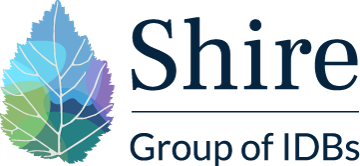About the Shire Group
Five generations of professionally qualified services
Join our family and share our experience
Since 1864, our consortium of Risk Management Authorities has benefited from professionally qualified Clerk and Engineering Management Services providing leading finance, accounting, land drainage and water level management specialists.
Continuing with the tradition of the original consortium model of Grantham, Brundell & Farran, the Shire Group currently manages and supports Internal Drainage Boards, Lead Local Flood Authorities, Councils and the Environment Agency in Yorkshire, Lincolnshire, Staffordshire, Buckinghamshire and Herefordshire.
Our small team of dedicated professionals can support your organisation with a full turnkey solution for asset management, financial forecasts, accounting, rate setting and issuing demands, planning application reviews, consents, enforcement, engineering, health, safety, welfare and environmental management advice and surveys.
All of our Members benefit from the economies of scale of this holistic professional management service. The Shire Group specialist service provision is the only one in the United Kingdom certified by UKAS Accredited body Lloyds Register of Quality Assurance (LRQA) against BS EN ISO Standards for Quality, Environment, Health & Safety, and Information Security; This ensures consistency in quality, whilst guaranteeing work and data are managed safely and securely.

We offer our experience, transparency, shared services, cost certainty, and an equal commitment to all Members, as well as access to a wider network of expert advice and embracing technology and evidenced-based-decision-making.
Please contact Craig Benson (craig.benson@shiregroup-idbs.gov.uk) to find out how we could help you.
What is an Internal Drainage Board and what does it do?
Internal Drainage Boards (IDBs) cover approximately 1.2 million hectares of England most of which falls within flood zone 3.
An IDB manages water levels within its districts for land management, flood risk management, irrigation and environmental benefits.
IDB maintained watercourses were designed to protect land from flooding against a 1 in10 year rainfall event on the catchment.
IDBs are geographically concentrated in the low lying river basins of England such as the Broads, the Fens in East Anglia and Lincolnshire, Somerset Levels, Kent, Nottinghamshire and Yorkshire. The IDB districts in Yorkshire and Nottinghamshire have been further lowered as a result of past mining activities.
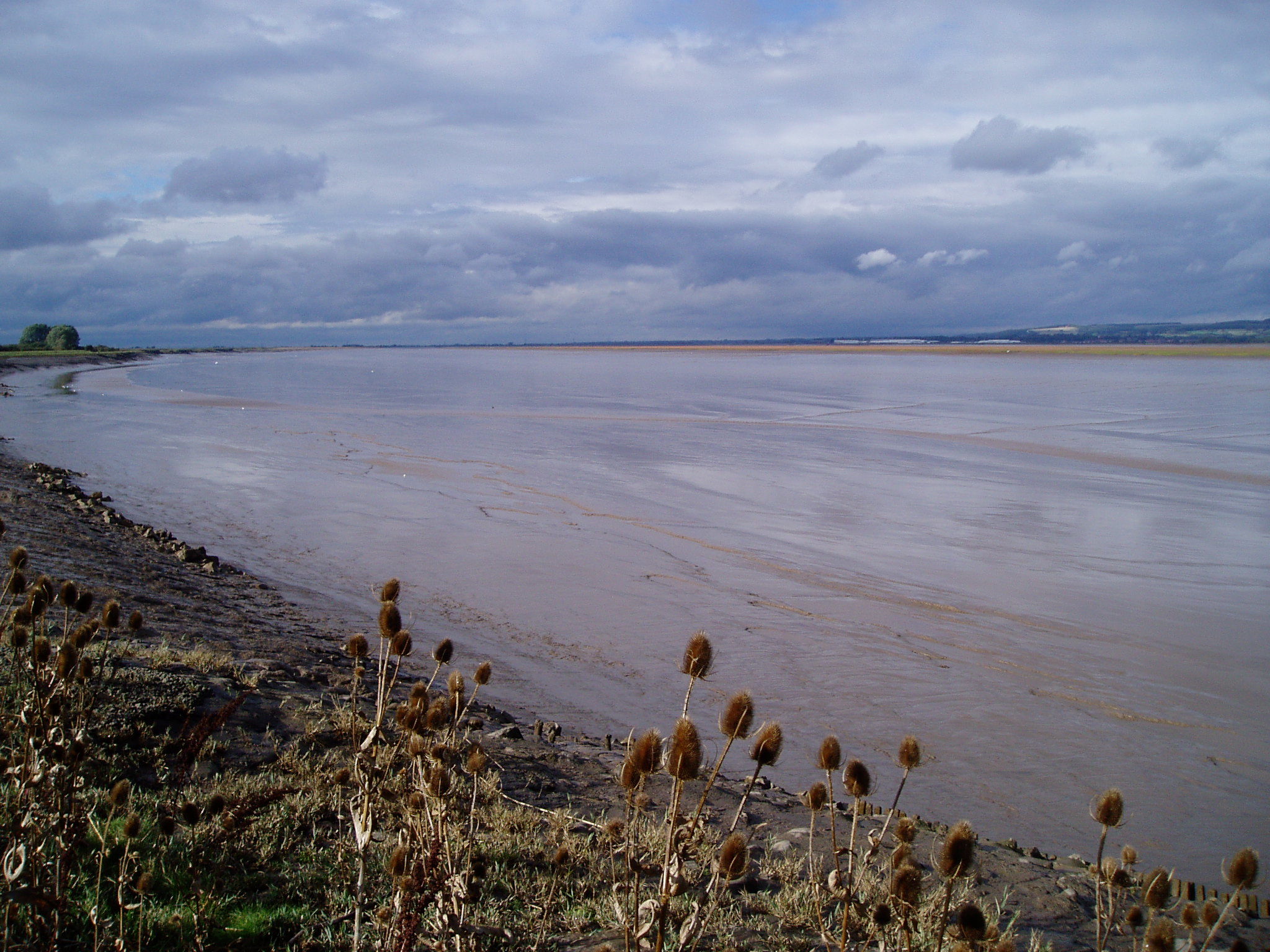
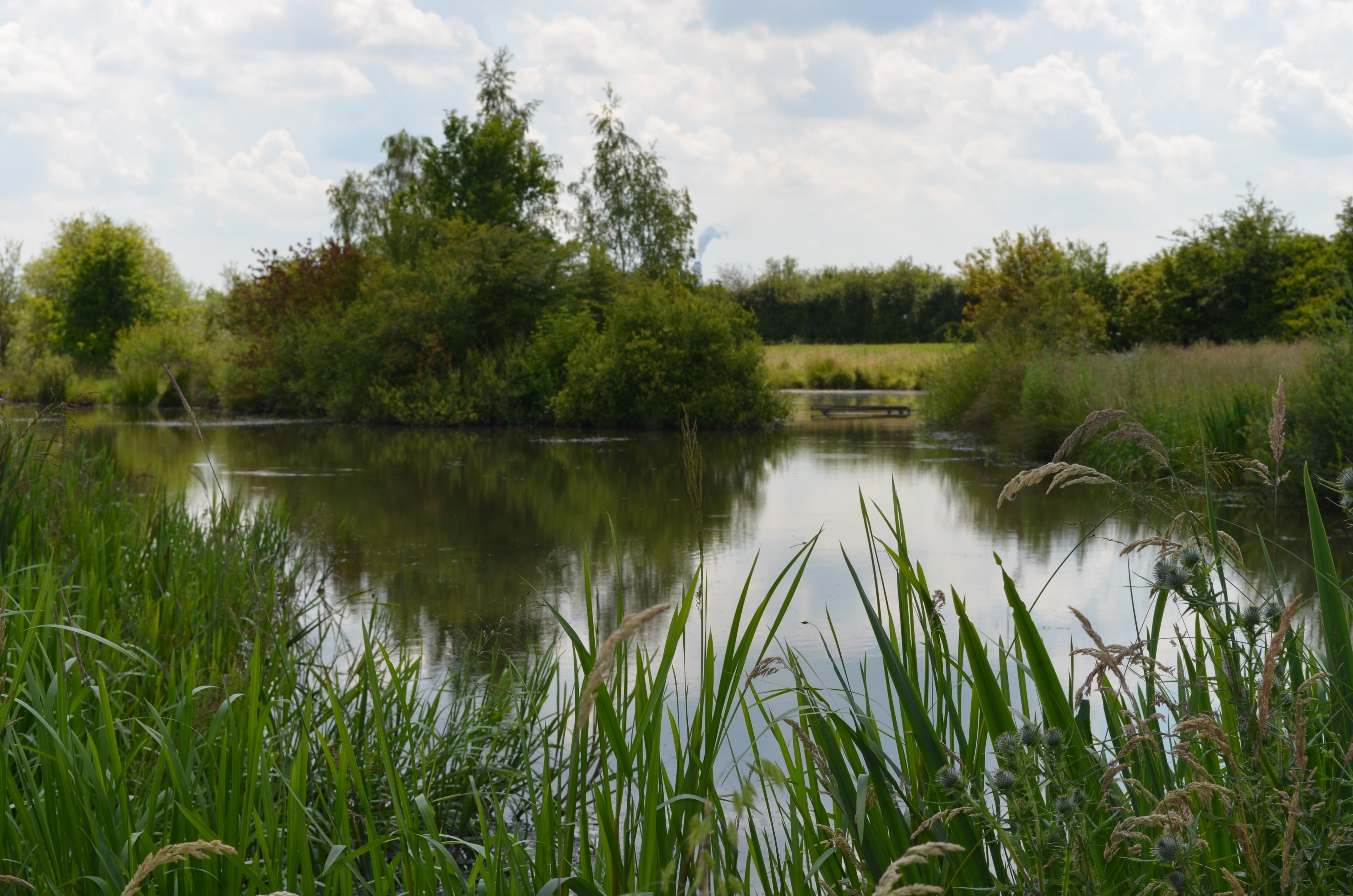
The IDB districts within Yorkshire are also the location of a high value infrastructure such as Motorways; A1(M), A1, M62, M18, M180, Railways; East Coast Main Line stations of Doncaster and its connections with Leeds, Wakefield, Sheffield, and York, together with the Doncaster Chord, Power Stations at Ferrybridge, Eggborough and Drax, and Gas pipelines.
It is vital the activities of the Internal drainage Boards help to secure this essential infrastructure.
The history of Drainage Boards is in hundreds of year; originally groups of farmers working together on drainage in low lying areas in an effort to secure fertile land for agricultural production. Eventually their activities received legislative approval under the various Land Drainage Acts, the most recent of which is the Land Drainage Act 1991 (as amended).
What is the Internal Drainage Board income spent on?
The 1991 Act permits the Board to raise a Drainage Rate on land and property within its District. The income raised through rates is used to pay for maintenance of certain drains within its District the Board has identified as high volume water carriers, and the maintenance and running of Pump Stations within the District whose presence is essential to lift water from the lowest lying parts of the district, without which flooding would occur.
Water received into the district in high volume carrier drains represents rain falling in higher parts of the catchment, moving as ground water into watercourses that flow under gravity into the District. The extent of a drainage district was defined in 1933 by the Medway Letter, and the nature of the defined district means they are located in low lying land, often only a metre or two above sea levels. Water entering the district would spread and flood the land if not for the network of drainage channels.

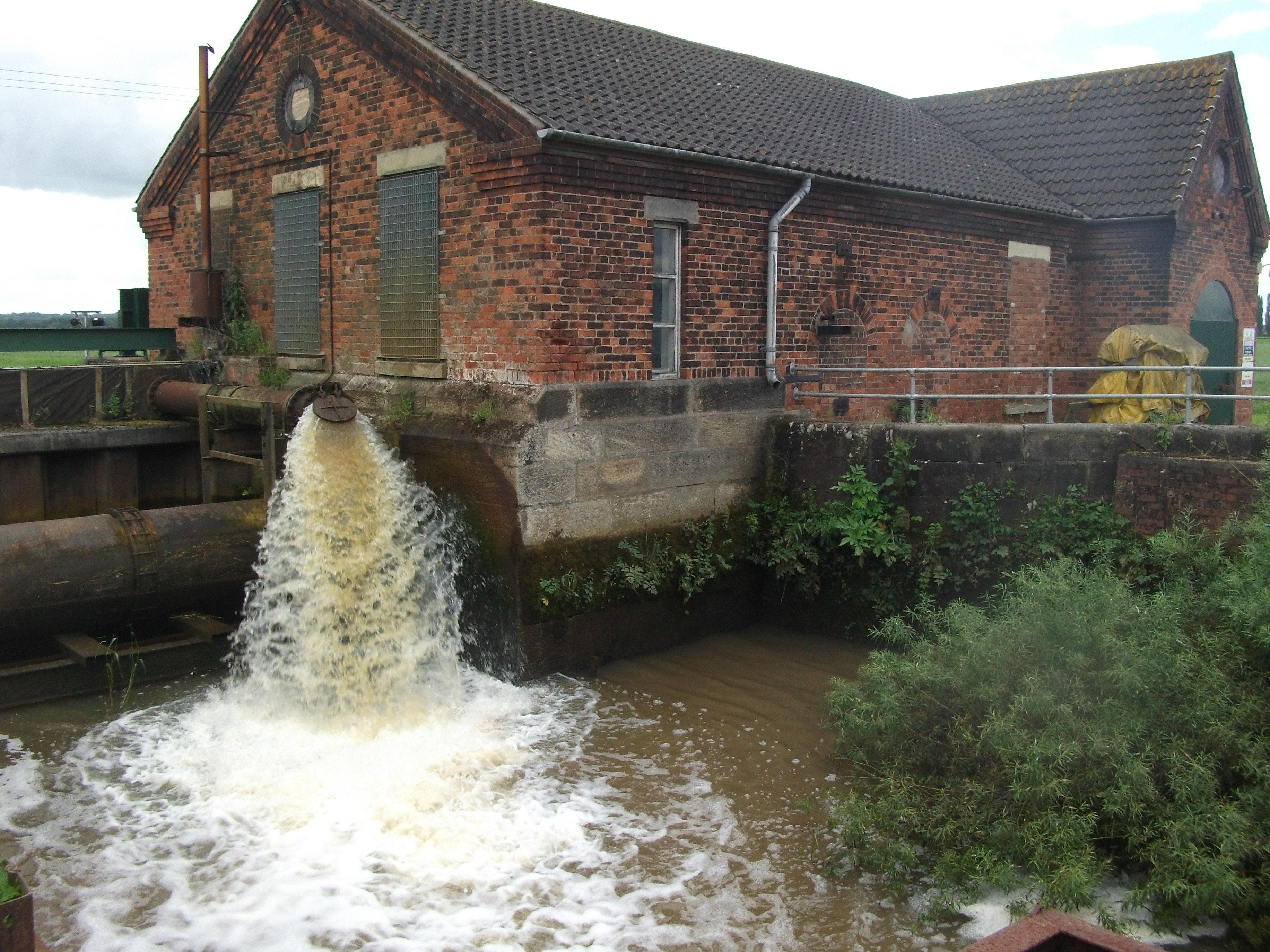
Some IDB districts in Yorkshire have ground levels close to 0m AOD where subsidence has occurred as a result of mining activity. Here water does not flow under gravity to the tidal rivers and ultimately the sea, it has to be pumped. A large portion of the drainage rate raised by the Boards pays for the running costs of large pump stations, protecting land and property. An IDB has legislative power to de flail and de weed and de sludge watercourse, allowing anything taken from drains to be deposited on the bank side for removal by the riparian owner. The only exceptions to this are contained in Part III of the Environmental Protection Act 1990 and relate to substances hazardous to health or would result in land contamination.
Overall the income is spent maintain existing infrasture for the benefit of all catchment users. Without this infrastructure low lying land would become saturated over time with increased flood risk to people, property and life as we know it today.
What responsibilities does an Internal Drainage Board have?
An Internal Drainage Board is an autonomous, non-departmental government body and as such has an obligation to deliver Governmental aims and objectives.
An IDB has Permissive Powers under the Land Drainage Act 1991 (as amended), that is, it can choose to undertake maintenance work on any watercourse within its district. A Board has the power, if it chooses to cleanse, repair, maintain improve or construct new works within its district and the Board has legislated Powers of Entry onto land for the purpose of undertaking that work.
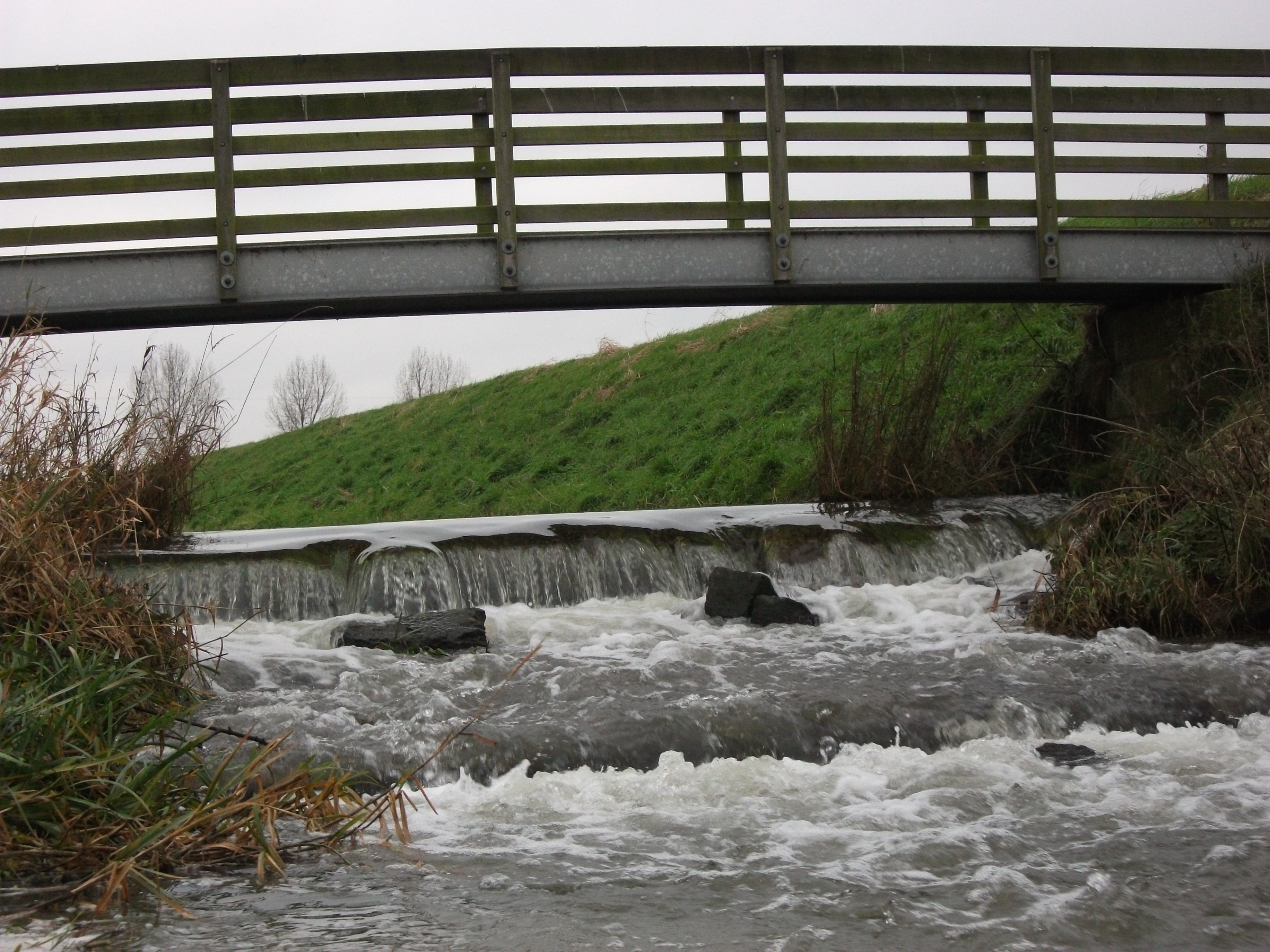

An IDB also has powers of Compulsory Purchase which when authorised by the Minister, can lead to procurement of land enabling Board implementation of projects such as Flood Alleviation Schemes.
An IDB has obligations under the Flood & Water Management Act 2010 with the Lead Local Flood Authority and the Environment Agency regarding identification of structures which may offer protection to property against flood risk. The Act also obliges all Water Management Authorities to work together on flood risk management.
An IDB has responsibility to the environment to “further conservation and enhancement of natural beauty, of flora, fauna, geological or physiogeographical features of special interest” when undertaking its function.
Members of an Internal Drainage Board
Any person occupying land in the district at the date of election, on which a drainage rate has been levied in the year immediately proceeding, can stand as a nominee.
The number of votes the landowner is entitled to use is based upon the assessable value of the property, the greater the land value the more votes the elector is entitled to use.
A local authority raising special levy payments for the IDB appoints Council nominated Members to the Board by having regard to their knowledge and experience of some matter relevant to the function of the Board and that nominee has shown capacity in that matter.
